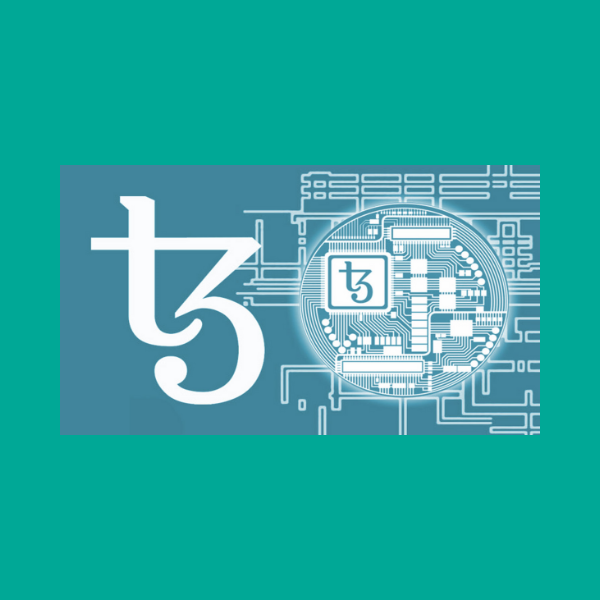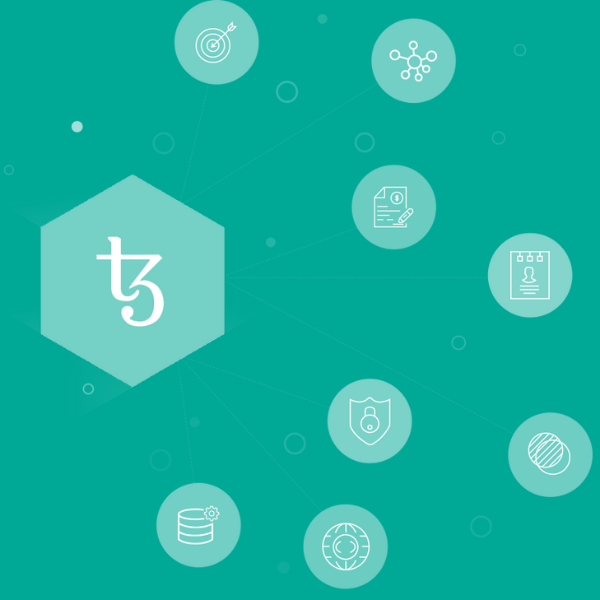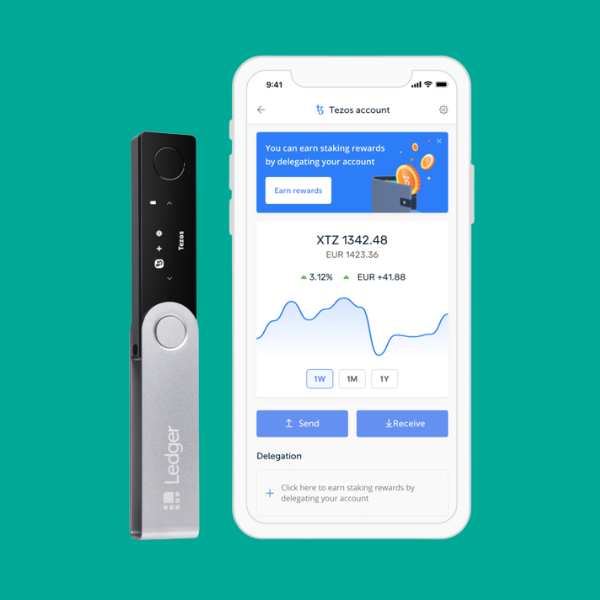What is Tezos?
The Tezos blockchain is fast, cheap and scalable, which has attracted creators and NFT collectors. Many creators and collectors today use Tezos to cost-efficiently experiment and get started with NFTs. Here we provide you an insight of how Tezos works and which popular NFT marketplaces you can explore on the blockchain.








